I am trying to apply the pandas module to my code in order to re-organize the messages received back from IB TWS server.
The code is
from ibapi.client import EClient
from ibapi.wrapper import EWrapper
from ibapi.contract import Contract
class MyWrapper(EWrapper):
def nextValidId(self, orderId:int):
print("Setting nextValidOrderId: %d", orderId)
self.nextValidOrderId = orderId
self.start()
def historicalData(self, reqId, bar):
print("HistoricalData. ", reqId, "Date:", bar.date, "Open:", bar.open, "High:", bar.high, "Low:", bar.low, "Close:", bar.close, "Volume:", bar.volume, "Average:", bar.average, "Count:", bar.barCount)
def historicalDataUpdate(self, reqId, bar):
print("HistoricalDataUpdate. ", reqId, "Date:", bar.date, "Open:", bar.open, "High:", bar.high, "Low:", bar.low, "Close:", bar.close, "Volume:", bar.volume, "Average:", bar.average, "Count:", bar.barCount)
def error(self, reqId, errorCode, errorString):
print("Error. Id: " , reqId, " Code: " , errorCode , " Msg: " , errorString)
def start(self):
queryTime = ""
contract = Contract()
contract.secType = "STK"
contract.symbol = "NIO"
contract.currency = "USD"
contract.exchange = "SMART"
app.reqHistoricalData(1, contract, queryTime, "1 D", "5 secs", "TRADES", 0, 1, True, [])
app = EClient(MyWrapper())
app.connect("127.0.0.1", 7496, clientId=123)
app.run()
This code retrives historical data for a given stock, then returns the most current updates.
The problem that I am facing is that the messages returned are organized as such
HistoricalDataUpdate. 1 Date: 20200708 08:31:00 Open: 14.17 High: 14.17 Low: 14.17 Close: 14.17 Volume: -1 Average: 14.15 Count: -1
While I am trying to retrieve the data in a re-organized manner such as
HistoricalDataUpdate. 1 Date: Open: High: Low: Close: Volume: Average: Count:
20200708 08:31:00 14.17 14.17 14.17 14.17 -1 14.15 -1
Help would be appreciated.
